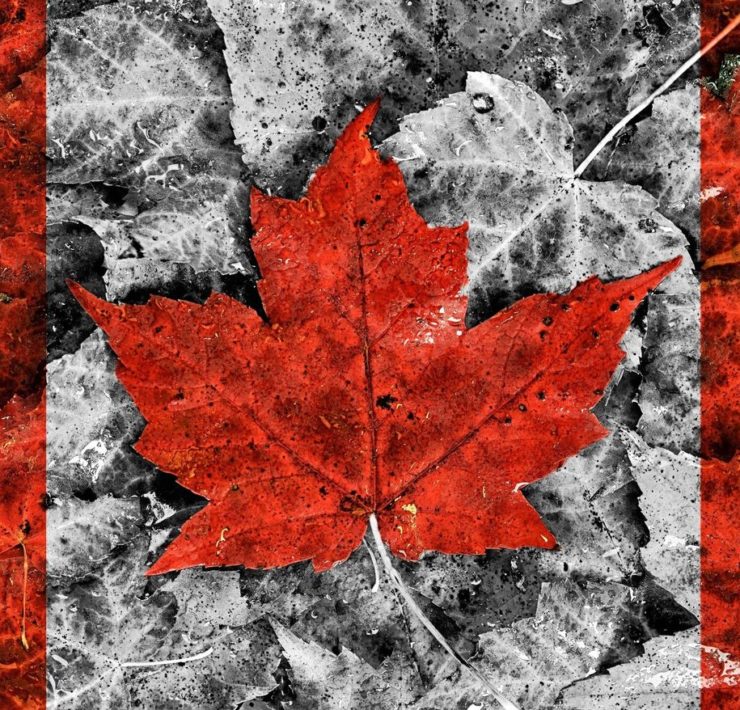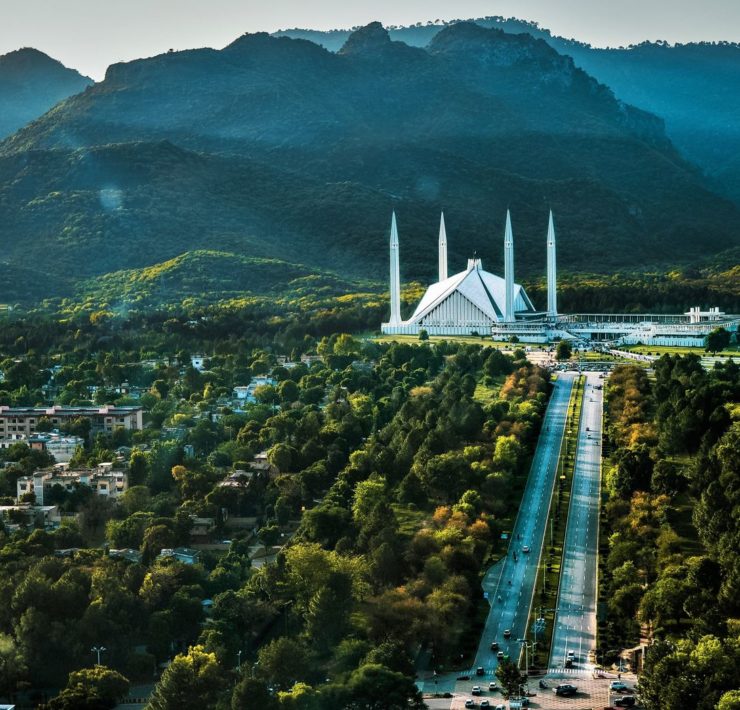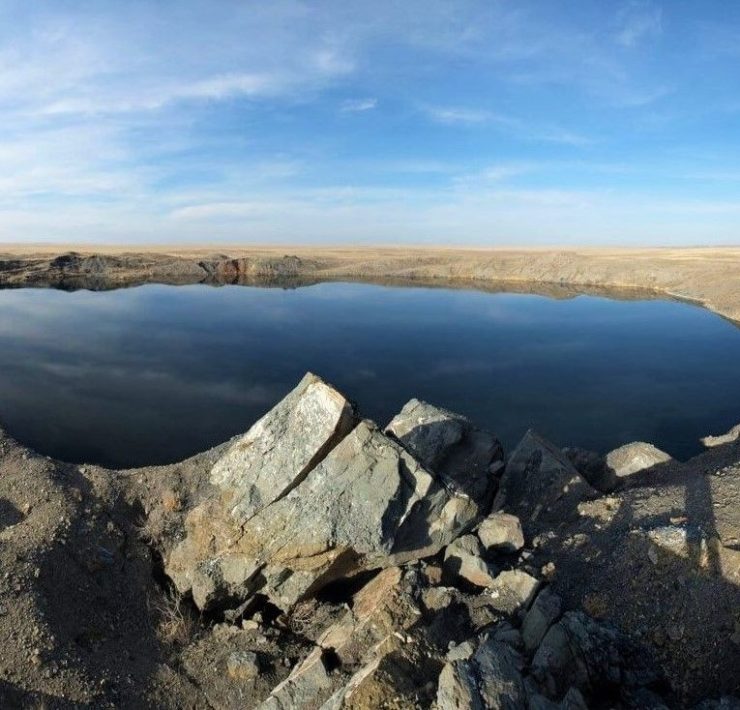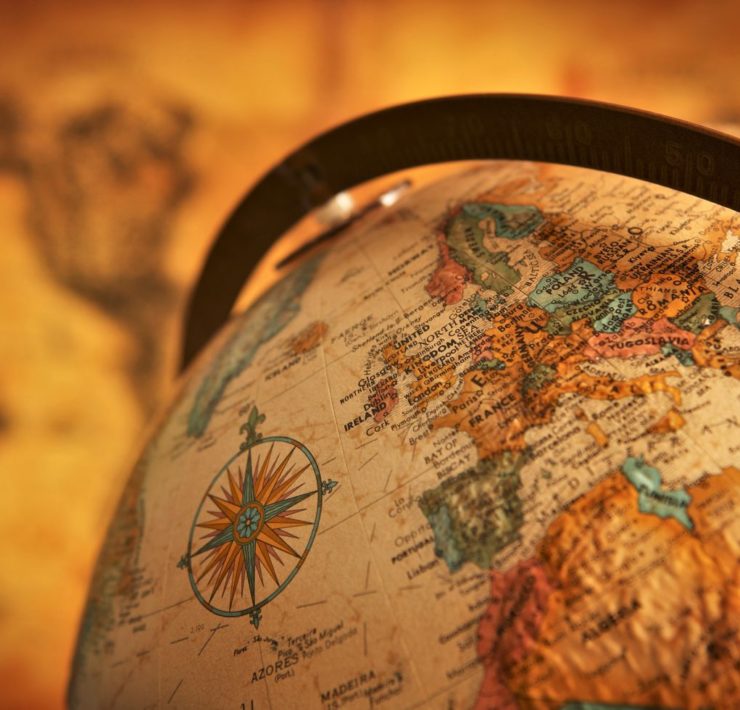Global warming, although a scientific reality, is easily dismissed as an alarmist hoax by the average Joe. Of course, it is not surprising when one considers that a mere string of few a cold, chilly days can convince a person that the global warming and the climate change are not something to concern oneself with. The issue has been heavily politicized, which skews a lot of opinions, particularly in the cases where people would rather abide by the party line rather than face facts. The effects may seem perplexing, or even outright eerie, but they reside in the midst of our present as a clear indicator that the global warming is already a reality.
Walruses Crowding Together Onshore
A recent report of thousands of 35,000 walruses gathering in one spot on the Alaskan shore sent shockwaves through the internet. As global warming continues to melt more and more of the ice they rely on for respite between hunts, walruses are bering forced to crowd on shores in record numbers. “It’s another remarkable sign of the dramatic environmental conditions changing as the result of sea ice loss,” Margaret Williams, managing director of the World Wildlife Fund’s Arctic program, told The Guardian.
The Demise of the Plant-Pollinator Connection
Changes in temperature and climate have an adverse effect on our little fuzzy friends, the bees, and the work they are in charge of (making sure that our crops are pollinated). The interaction between the flowering plants and the bees is off-kilter on account of global warming and its effect on the bees’ emergence from their winter slumber. Without precise interaction, the link deteriorates, which can ultimately lead to famine and the extinction of many animal and plant species.
The Melting of Ice Masses
This fact is something that most of you are familiar with and take for granted. However, the sheer amount of ice that has melted will stagger you. In the past three decades, the Arctic sea ice mass has dropped 14%. The Antarctic sea ice, 20%. The Columbia Glacier in Alaska has been retreating at a rate of nearly 30 meters (98 ft) a day. Taking into the consideration the surface areas of masses mentioned earlier, one comes to the conclusion that the sheer amount of water added to the oceans on a yearly basis is vast.
The Disappearance of Islands
As the global warming effects continue to increase the rates at which the polar ice caps melt, the sea levels are constantly rising. This spells the death of many smaller land masses, as is the case with the small island nation of Kiribati. The sources of fresh water are dwindling while the inhabitable land is constantly shrinking. Sooner than later, Kiribati will join the fate of other Pacific island nations and dwell under the sea.
The Glacial Bloom
The plants in the Arctic are usually trapped under the ice, but with the melting process bringing the flora closer to the sun, the phytoplankton blooms earlier during the year, adding a lovely green hue to the ice. With the melting ice serving as a sort of magnifying glass, the phytoplankton population is not keen on waiting its turn and is ready to engage in its yearly blooming ritual several months earlier than was the case in the past.
Forest Fires Galore
Higher average temperatures and droughts caused by the global warming contribute heavily to severe cases of forest fires. Such conditions lend themselves to fostering wildfires that burn more intensely and for longer periods of time than usual. Additionally, they are harder to contain, which can ultimately lead the conflagration towards majestic proportions. In the past few decades, the likelihood of forest fires has increased fourfold.
Vanishing Lakes
The logical thing to conclude with regard to smaller bodies of water such as lakes is that their number and volume would increase with the ice melting. However, the effects that the global warming has on them are quite the opposite. Lakes near the arctic normally reside upon permafrost, but as the permafrost thaws on account of the higher average temperatures, the water seeps through the cracks, thus effectively draining the lake. Just like pulling a plug.
Et Tu, Turbulence?
Fasten your seatbelts, because the plane ride is about to get bumpy. That’s right, as ludicrous as it sounds, global warming and its effect on climate can modify the extent and frequency of turbulence during flights. As the speed of jet streams increases due to climate changes, so does the speed of wind. This means that even clear weather is no longer a safe haven against turbulence. The problem is already present, while the future only looks to exacerbate it. Better buckle up.
Chaos in the Fauna
The increasing temperatures are wreaking havoc on the usual locations where animals graze and hunt. More and more species are looking for a more comfortable habitat. Some animal species are seeking higher elevations in search of a cool breeze, while others are wandering into towns looking for food. Swarms of mosquitoes are rampaging and spreading disease at an increasing rate. Bears are waddling through populated areas because of their hampered hibernation cycles. Jungle predators are forced to live in close proximity to human settlements as a way to protect themselves against savage storms. Even the piranhas are on the prowl.
No More Chocolate?
The climate changes caused by the global warming are already having a deleterious effect in the areas where cocoa crops are being grown; and the situation is only looking to become even more dire in the future. More than half of the world’s cocoa comes from West Africa, particularly Ghana and the Ivory Coast, which is taking most of the brunt caused by increasing temperatures. The lowland areas where cocoa crops are normally grown are at the risk of not providing enough water, meaning that the plants are going to be severely affected. Savor your favorite treat while you can.
Mind Your Allergies
Hundreds of millions of people can thank the global warming for increased levels of mold spores and pollen in the air during spring. Higher levels of CO2 (carbon-dioxide) benefit plant life, especially the weeds whose pollen triggers asthma attacks and allergic reactions. The periods that the allergy sufferers dreaded in the past have now become more frequent, acute and long-lasting. The number of patients is steadily increasing and their reactions are becoming more severe. Antihistamines ahoy!
Global warming and its effects are reflected in our day-to-day lives. It is important to realize that the changes are already happening and that it is of the utmost importance to prepare for the negative effects accordingly. If you reckon that the examples listed above confound you, or possibly even scare you, then it would be better to avoid imagining what the future may hold in store for us. No matter how much and how hard one dismisses what is happening, the reality stands as it is. Global warming is already our reality.
When On Earth Magazine is for people who love travel. We provide informative travel guides, tips, ideas and advice regarding places to see, things to do, what to taste, and much more for world travelers seeking their next dream vacation destination.






